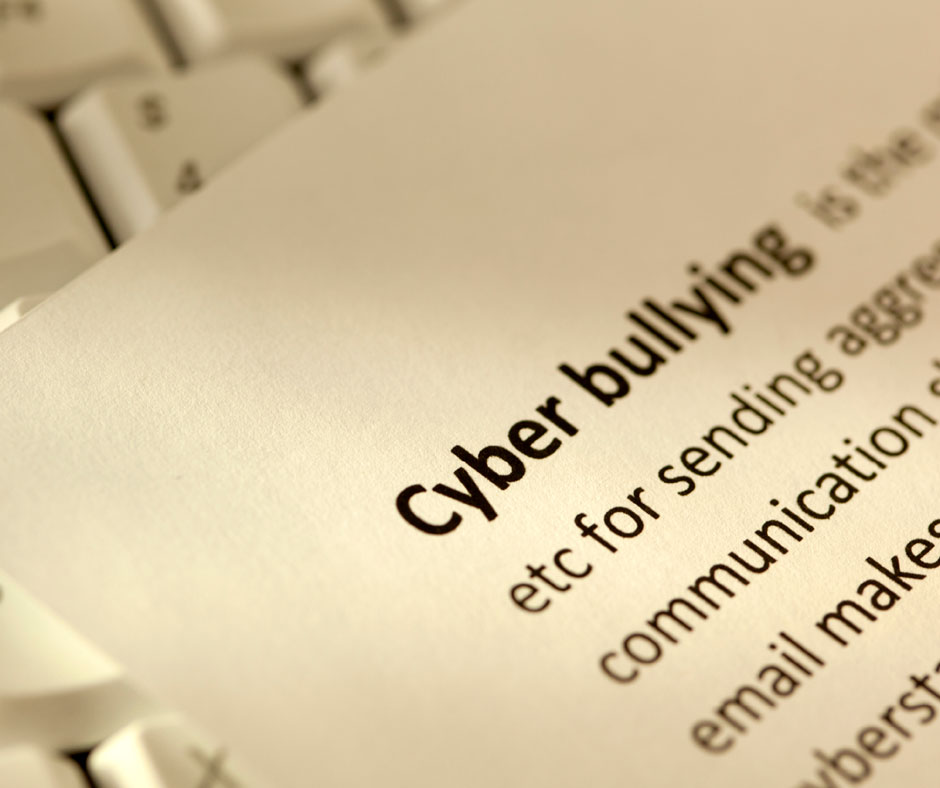

In the age of TikTok and Instagram, which have become the primary modes of communication for teenagers and young kids, it is crucial to be aware of one of America’s most prevalent societal issues – cyberbullying. According to Pew Research, almost half of U.S. teens aged 13 to 17 (46%) have reported experiencing at least one of six cyberbullying behaviors outlined in a Pew Research Center survey conducted between April 14 and May 4, 2022.¹
While parents often opt to provide their children with phones, engaging in social media exposes them to an increased risk of falling victim to cyberbullying. The research highlights a significant number of teenagers, in particular, facing bullying related to their physical appearance.
While adults may recall facing similar situations in school or their neighborhood, the advent of social media has given bullying a digital dimension. Parents and educators must instill a sense of responsibility in their children, encouraging them to report or openly discuss instances of online torment or bullyin
Definition of Cyberbullying
 Cyberbullying involves the use of electronic communication, such as social media, text messages, or online platforms, to harass, threaten, or intimidate someone. Unlike traditional bullying, cyberbullying transcends physical boundaries, making it pervasive and challenging to escape.
Cyberbullying involves the use of electronic communication, such as social media, text messages, or online platforms, to harass, threaten, or intimidate someone. Unlike traditional bullying, cyberbullying transcends physical boundaries, making it pervasive and challenging to escape.
Prevalence of Cyberbullying:
According to Pew Research, nearly half of U.S. teens aged 13 to 17 have reported experiencing at least one form of cyberbullying behavior. The anonymity provided by online platforms often emboldens perpetrators, contributing to the prevalence of this issue.
Effects on Mental Health:
Cyberbullying can have severe consequences on the mental health of students. Constant harassment and humiliation online can lead to anxiety, depression, and, in extreme cases, suicidal thoughts. The 24/7 nature of online interactions intensifies the impact, as there is no respite from the torment.
Impact on Academic Performance:
 The emotional distress caused by cyberbullying can significantly hinder a student’s academic performance. Difficulty concentrating, absenteeism, and a decline in grades are common outcomes. Moreover, the fear of being targeted may discourage students from actively participating in class discussions and extracurricular activities.
The emotional distress caused by cyberbullying can significantly hinder a student’s academic performance. Difficulty concentrating, absenteeism, and a decline in grades are common outcomes. Moreover, the fear of being targeted may discourage students from actively participating in class discussions and extracurricular activities.
Social Isolation and Withdrawal:
Students who experience cyberbullying may withdraw from social interactions both online and offline. The fear of judgment and ridicule can lead to social isolation, impacting the development of crucial interpersonal skills and hindering healthy relationships.
Preventive Measures and Support:
Schools play a vital role in addressing cyberbullying by implementing preventive measures and fostering a supportive environment. Educational programs on responsible online behavior, open dialogues about cyberbullying, and accessible reporting mechanisms can empower students to stand against such behavior.
Parental Involvement:
Parents also play a crucial role in combating cyberbullying. Open communication with their children, monitoring online activities, and teaching responsible digital citizenship can create a safer online environment.
In conclusion, cyberbullying poses a significant threat to the well-being and academic success of school students. Recognizing the pervasive nature of this issue and implementing comprehensive preventive measures are essential steps toward creating a safe and supportive environment for students in the digital age. It is the collective responsibility of schools, parents, and society at large to address cyberbullying and ensure the holistic development of the younger generation.
 Anjalee Patel, a dedicated guidance counselor, collaborates with schools in New Jersey, specializing in supporting students within classroom settings to address the profound effects of cyberbullying and traditional bullying. Her expertise lies in illuminating the far-reaching impacts of these issues on students’ well-being.
Anjalee Patel, a dedicated guidance counselor, collaborates with schools in New Jersey, specializing in supporting students within classroom settings to address the profound effects of cyberbullying and traditional bullying. Her expertise lies in illuminating the far-reaching impacts of these issues on students’ well-being.
In her role, Anjalee focuses on empowering students by providing proactive guidance on navigating and mitigating cyberbullying. She emphasizes the crucial role counselors play in fostering a safe and inclusive school environment. Through targeted interventions, counseling sessions, and educational programs, Anjalee actively engages with students to raise awareness about cyberbullying and equip them with strategies to cope and respond effectively.
Anjalee Patel exemplifies the vital contribution that counselors make in addressing the challenges posed by cyberbullying, demonstrating a commitment to the holistic well-being of students under her care.





